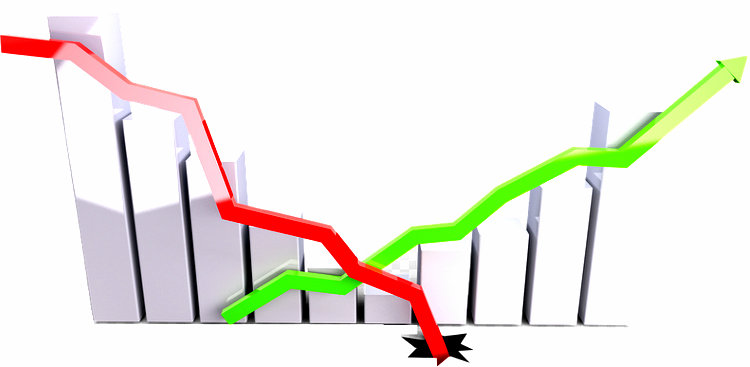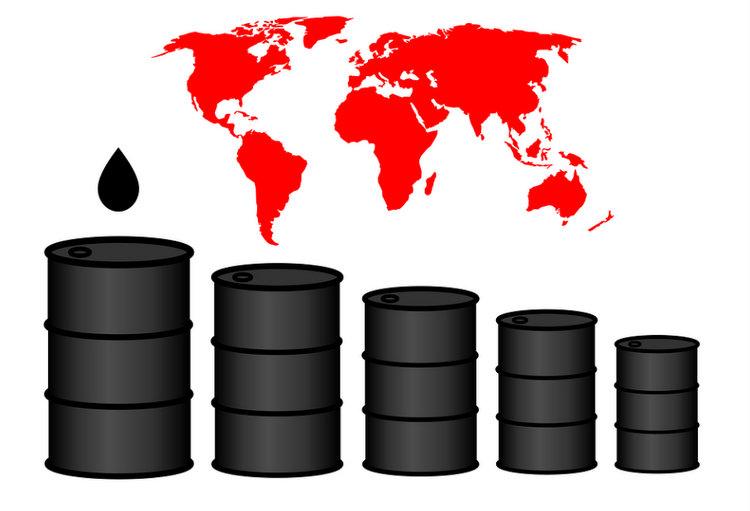PH Peso Drops Past 51 Level for First Time since March 2020
Some financial analysts were predicting the Philippine peso would weaken to the 51 per US dollar back in August 2021. They were correct. The Philippine peso recently weakened past 51 per dollar for the first time since March 2020. As this post goes to publication 1 United States Dollar equals 51.35 Philippine peso. Thus, today’s post, “PHILIPPINE PESO PLUMMETS VS US DOLLAR.”
First, why is the Philippine peso weakening?
- Speculation the nation’s trade deficit will widen as domestic demand improves.
- Concerns over higher COVID-19 infections in the country.
- The seasonal boost from remittances has ran its course.
- A higher import value of oil vs. potentially higher crude oil prices in 2022 vs. 2021.
Speculation the nation’s trade deficit will widen as domestic demand improves.

“Into 2022, we will watch the trade deficit which may widen further as domestic demand recovers, a negative to the peso,” said Irene Cheung.
“The next barrier is 52.”
Irene Cheung is a senior strategist at Australia & New Zealand Banking Group Ltd. in Singapore.
Concerns over higher COVID-19 infections in the country.

Department of Health, DOH, Secretary Duque reports that Metro Manila is now at ‘critical risk’ for COVID-19 transmission.
The DOH reported 5,434 new cases nationwide on January 4, 2022, of which 3,826 or 71 percent were recorded in Metro Manila. Average daily cases significantly increased by 570 percent. This was seven times higher than in the previous weeks.
The DOH warns of a higher number of coronavirus infections by the end of January 2022. Moreover, the DOH believes that daily cases will exceed the Delta variant blitzkrieg last year that saw daily cases reaching 20,000.

The seasonal boost from remittances has ran its course.

December 2021 remittances were the highest since 2009. Traditionally, remittances run lower during the first six months of the year.
A higher import value of oil vs. potentially higher crude oil prices in 2022 vs. 2021.

The Philippines is highly dependent on imported oil. The Philippine net oil import rose in the first six months of 2021.The difference between oil imports and exports amounted to $4.62 billion from January to June 2021.
That was an increase of 62.9 percent from $2.84 billion in the same period last year according to the Philippine Department of Energy.
The country’s total oil import bill amounted to $4.79 billion, 55.9 percent higher than the previous year’s $3.08 billion
“PHILIPPINE PESO PLUMMETS VS US DOLLAR”
The Philippine peso went from emerging market Asia’s best to worst currency in a week.
“Peso is likely to be among the laggards in an otherwise higher emerging-markets real-yields world,” said Ashish Agrawal.
Agrawal is a FX and EM macro strategist at Barclays in Singapore.
With reporting from Bloomberg, Inquirer.net, Philstar, & the Business Times
